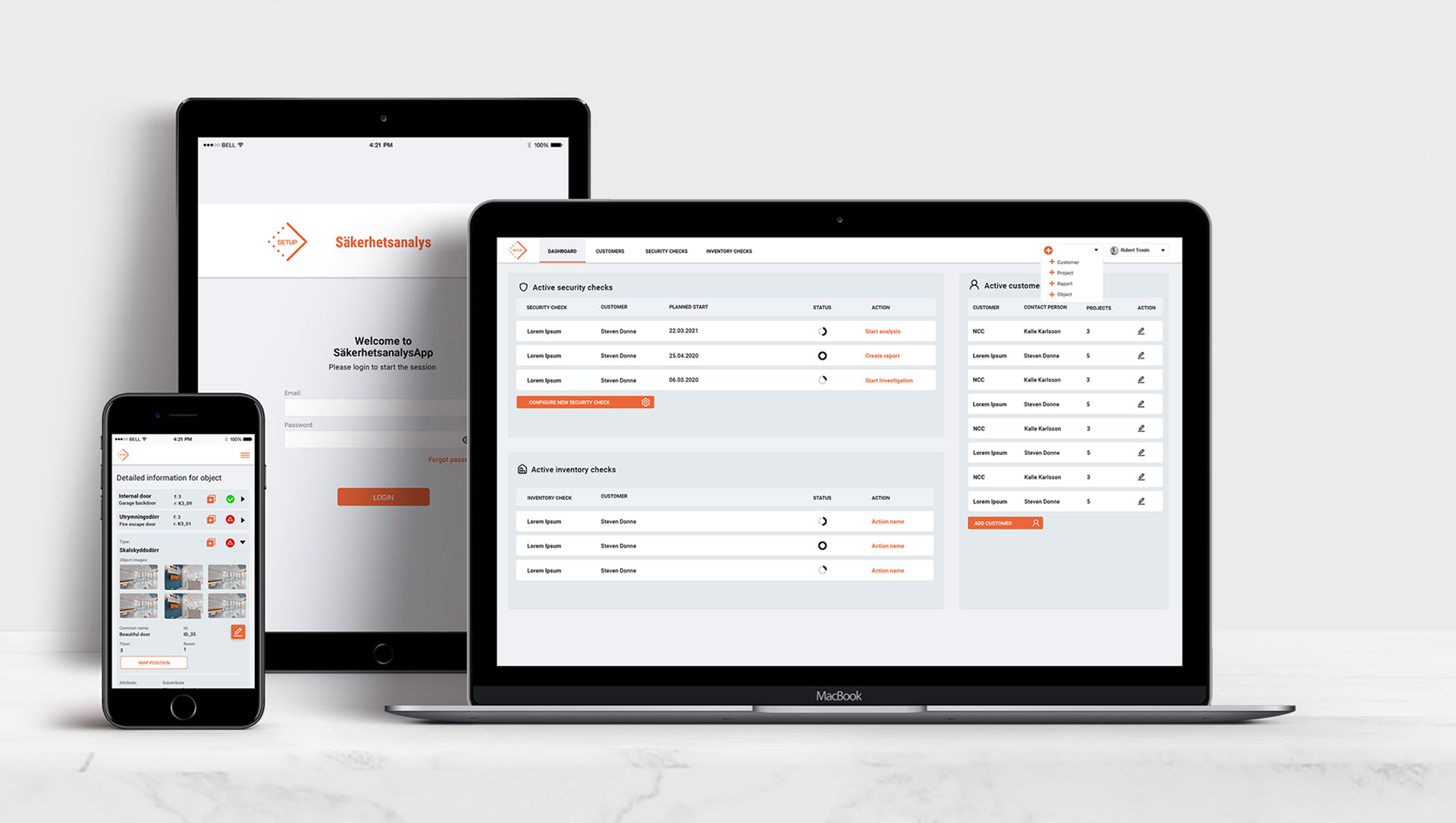Building an Intelligently Automated Production System for Two Leading Automotive Companies
Overview
Two automotive giants had recently entered a partnership and were running 14 factories with disconnected software, leading to delays, inefficiencies, and errors that slowed production. With an engine rolling off the assembly line every 18 seconds, even small inefficiencies meant wasted time, materials, and revenue.
- Replaced dozens of disconnected tools with one unified MES across 14 factories
- Rolled out in phases with zero production downtime during implementation
- Enabled real-time visibility across every link in the production chain


The company is a global leader in digital transformation and system integration, helping enterprises implement scalable solutions across manufacturing, logistics, and business automation. Their expertise spans software architecture, AI-driven automation, and enterprise-level IT solutions.
Before this project, these two global automotive providers relied on fragmented production tools across 14 factories worldwide. Each location had its own systems, leading to data inconsistencies, delays, and rising operational costs. Leadership had no real-time visibility into production, making quality control and efficiency improvements nearly impossible.
The automotive industry was under pressure to modernize production lines, reduce downtime, and increase automation to remain competitive. Standardizing operations across global sites became a priority, but implementation had to be done without disrupting ongoing production.
In partnership with Euvic, these companies built an Intelligently Automated Platform (IAP) that connected machines, logistics, and data into one system. This new Manufacturing Execution System (MES) streamlined production across every facility, automating processes and reducing human input errors.
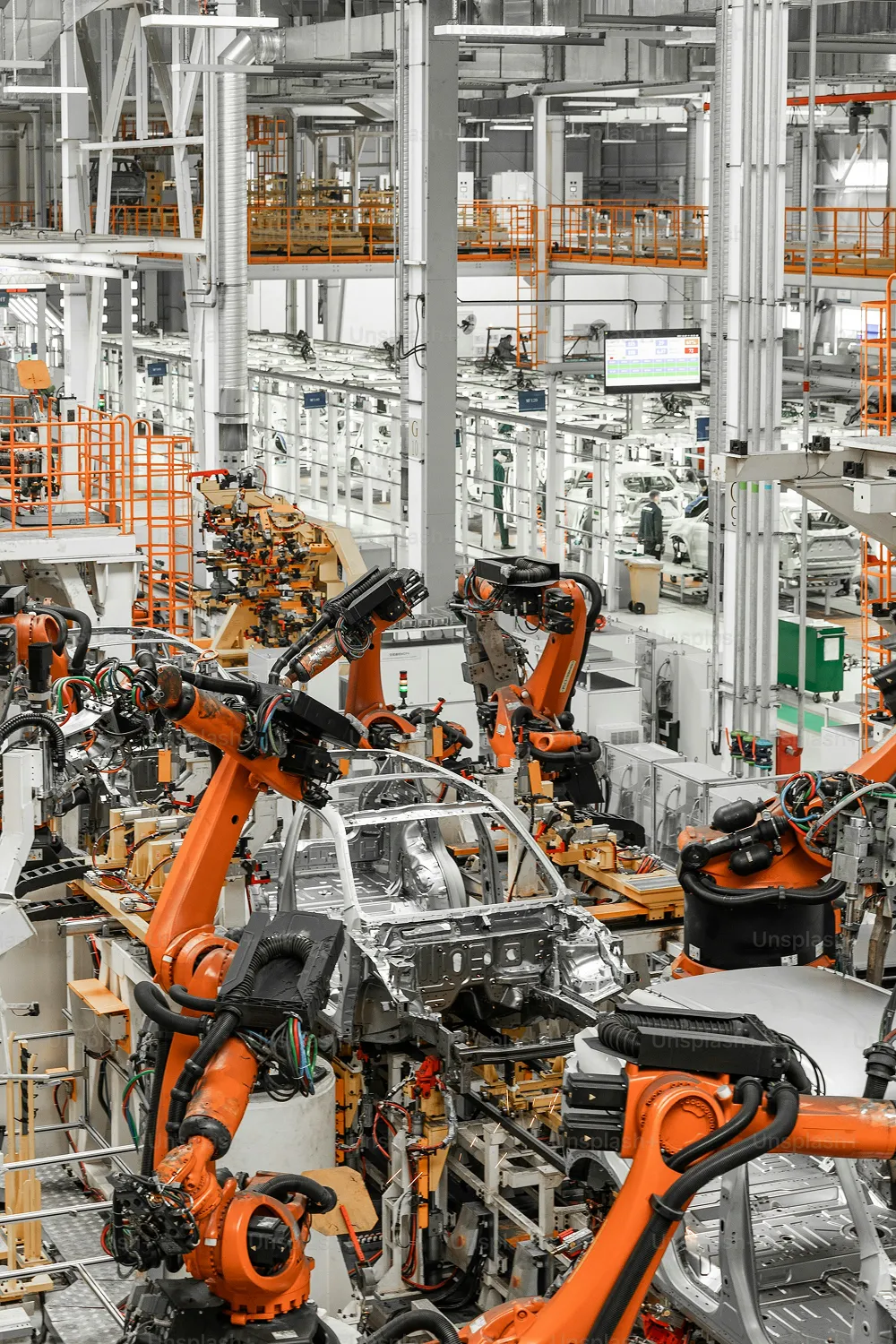
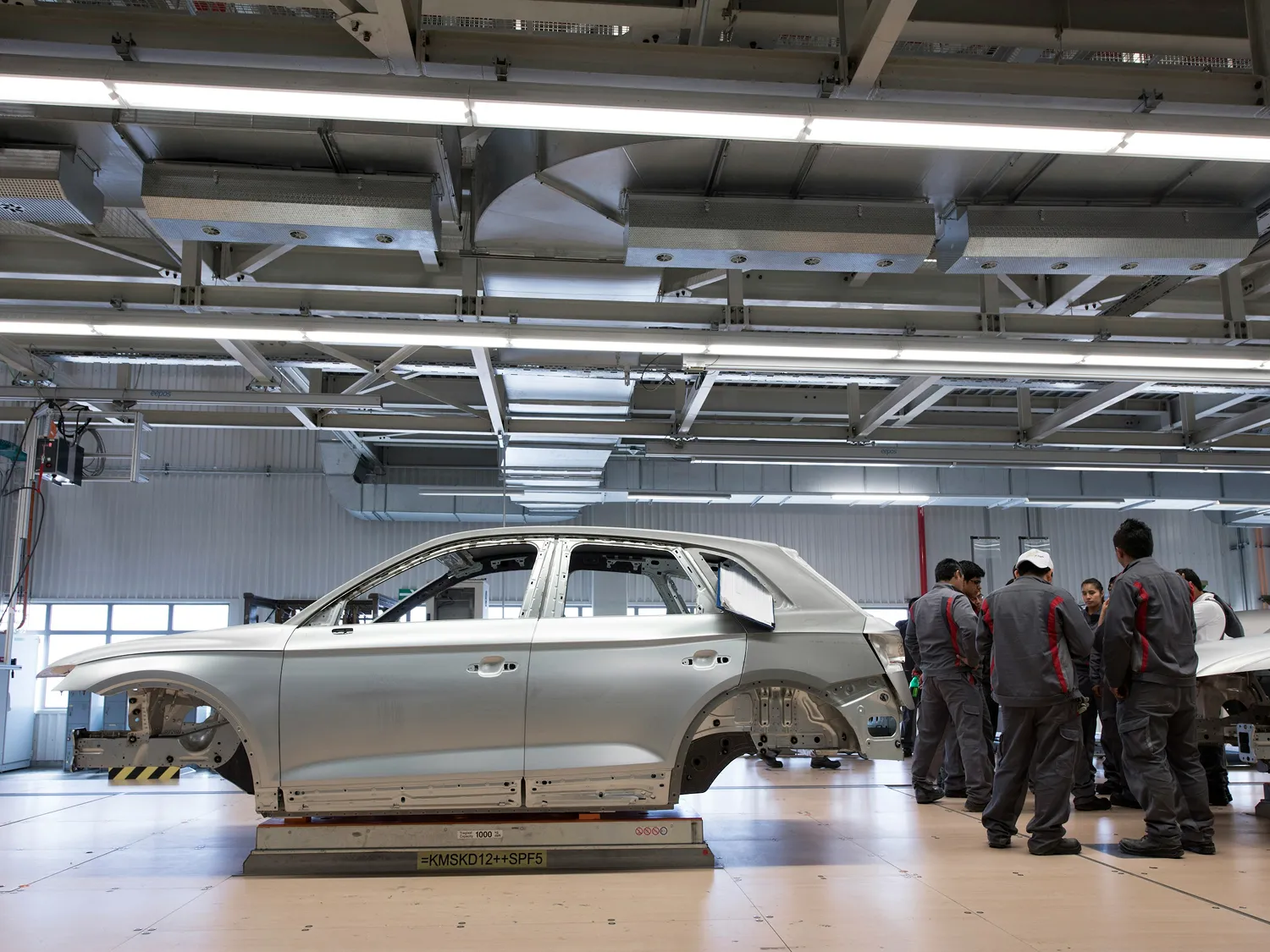

These two automotive leaders were dealing with:
- Disjointed production systems across 14 global factories, making process standardization impossible.
- Lack of real-time visibility, causing delays in decision-making and production oversight.
- Heavy reliance on manual data entry, increasing human errors and inefficiencies.
- Siloed operations, preventing seamless coordination between production sites.
- High-stakes production environment, where a new engine was produced every 18 seconds, leaving no room for delays or disruptions.
They required a scalable, automated production system that could consolidate data, enforce process standardization, and integrate seamlessly into live production environments, without causing costly downtime.
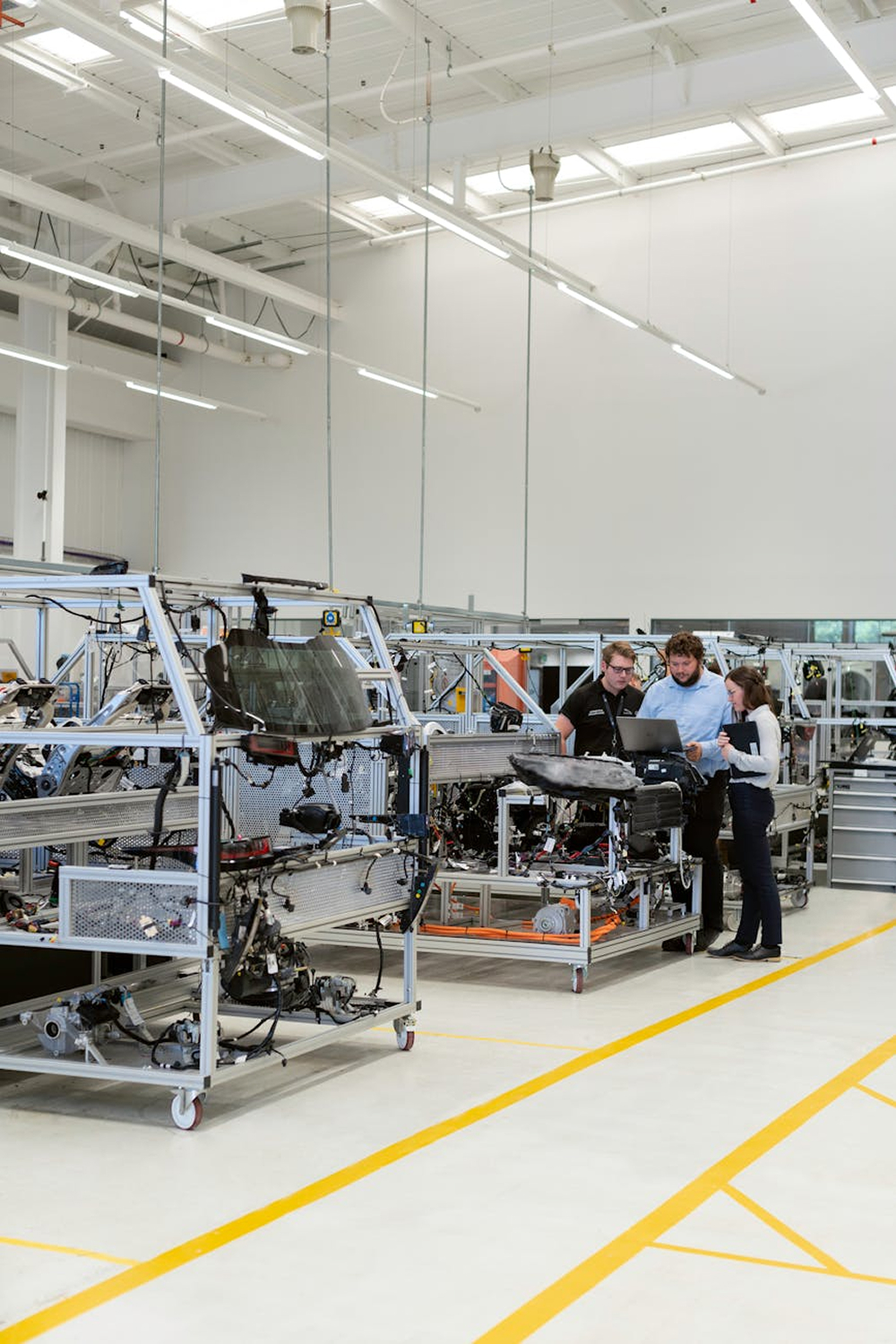
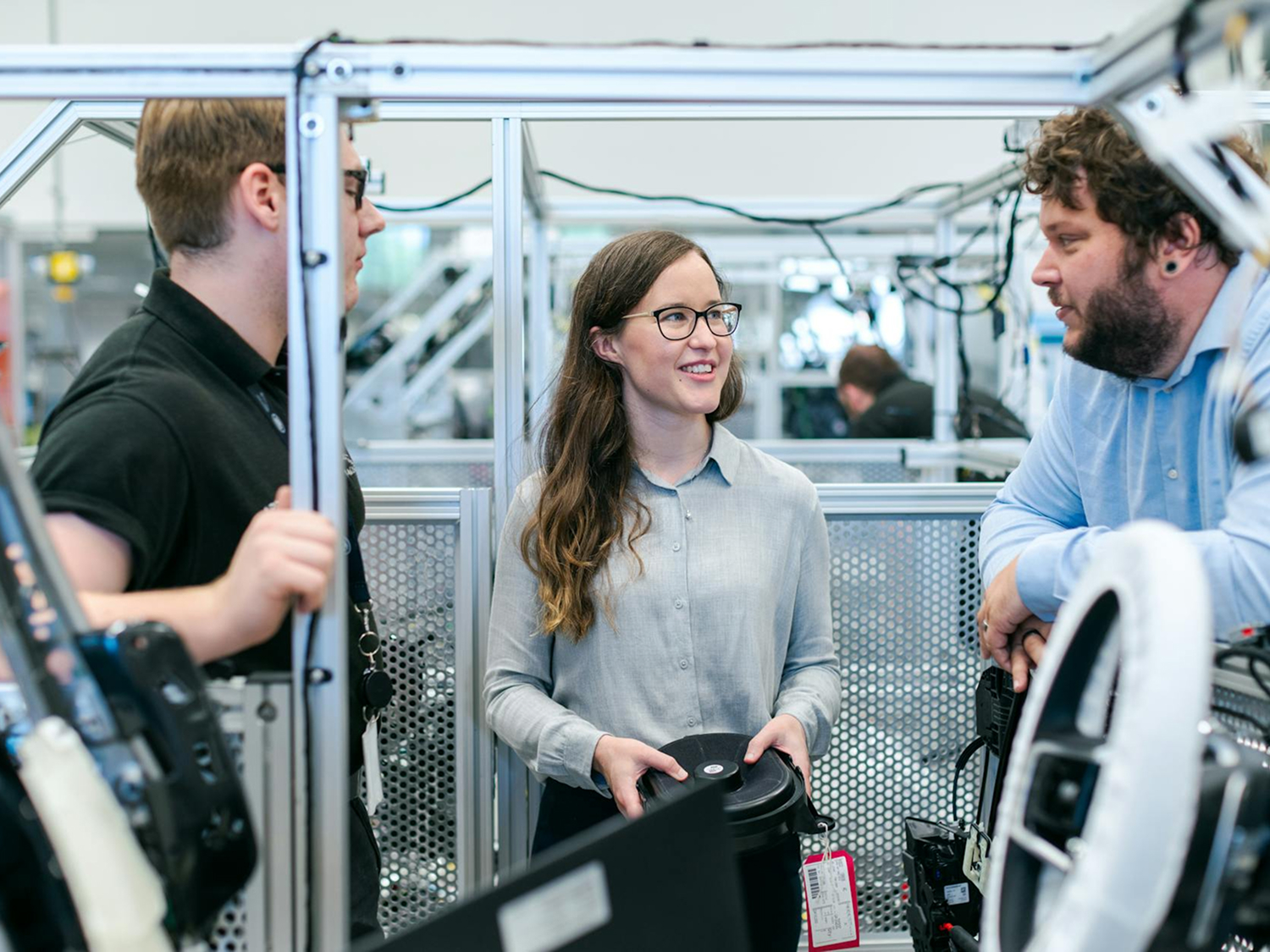

To unify production operations across 14 global factories, Euvic developed and implemented a Production Management System (PMS)—a fully automated, modular platform that replaced dozens of fragmented tools.
Key components of the solution included:
- Standardized PMS: Eliminated legacy systems and created a single source of truth for production data and workflow automation.
- Machine-Readable MAP Tags: Enabled real-time tracking of products, allowing production stations to self-program based on embedded data.
- Automated Quality Control: AI-powered defect detection minimized human error and improved production consistency.
- Predictive Maintenance Systems: Analyzed machine performance in real-time to preemptively detect and resolve issues before failures occurred.
- Warehouse & Intralogistics Automation: Optimized just-in-time material deliveries to minimize production bottlenecks.
- Cloud-Based Dashboards: Provided leadership with instant access to real-time factory operations, enabling faster decision-making.
- Seamless ERP & Legacy System Integration: Connected over 30 disparate systems across logistics, finance, and production for complete operational transparency.
- Phased Deployment Strategy: Implemented in stages to ensure a smooth transition without interrupting production schedules.
The gradual rollout approach—starting with pilot sites in Poland and Austria before expanding to Germany, Italy, and beyond—allowed for continuous system refinements based on real-world performance, ensuring smooth adoption across all locations.








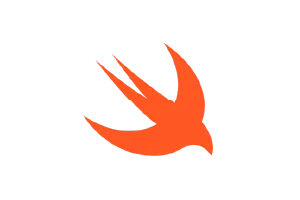
Euvic worked as an embedded team within the client’s development structure, collaborating directly with in-house manufacturing and IT teams. Daily standups, continuous iterations, and on-site implementation support kept the system evolving alongside production demands.
The implementation of the Manufacturing Execution System (MES) transformed production across 14 factories, creating a seamless, standardized, and highly automated operational framework. The 12 core modules within the system provided end-to-end visibility, automated critical workflows, and improved efficiency at every level of production.
With real-time data synchronization, factory leadership gained instant insights into production processes, eliminating blind spots and allowing for immediate corrective actions. The integration of machine-readable MAP tags allowed production stations to self-configure, reducing setup time and optimizing workflows.
Each of the 12 modules contributed to specific operational improvements:
- Production Planning Module: Streamlined planning by aligning production schedules with real-time inventory and supply chain data, enabling precise forecasting and scheduling.
- Production Control Module: Automated order execution, tracking each unit through the production process, ensuring consistent manufacturing quality.
- Machinery Monitoring Module: Monitored machine performance in real-time, flagging inefficiencies and enabling predictive maintenance before failures occurred.
- Material Calls Module: Automated just-in-time material delivery, reducing waste and preventing production slowdowns due to supply shortages.
- Warehouse Management Module: Managed all inventory movement, from raw materials to finished products, providing real-time stock visibility.
- Shipping Module: Automated the generation of shipping labels, logistics coordination, and return management, ensuring smooth distribution.
- Quality Control Modules: Monitored both product quality and overall production efficiency, automatically tracking KPIs and identifying defects for correction.
- Integration Module: Allowed seamless communication between MES, ERP, and over 30 legacy systems, eliminating manual data entry and inconsistencies.
- Master Data Management Module: Standardized and secured production-related data across all sites, reducing discrepancies in configurations
- Process Efficiency Module: Provided granular tracking of cycle times and resource utilization, enabling continuous process optimization.
- Error-Proofing Module: Pick-by-Light, Label Validation, and automated data collection removed human error from critical assembly steps.
- Real-Time Dashboard Module: Delivered cloud-based, mobile-accessible insights, empowering executives to make faster, data-driven decisions.
The impact of this transformation was measurable:
- Eliminated manual errors, reducing data discrepancies and process inconsistencies.
- Increased production uptime, preventing costly downtime and delays.
- Achieved full production visibility, allowing leadership to track factory operations remotely in real-time.
- Optimized warehouse and intralogistics, reducing material waste and increasing efficiency.
- Standardized processes across 14 global sites, ensuring every factory operated under the same framework.
By replacing fragmented, outdated systems with a unified, automated platform, the two automotive companies now run a synchronized production network with zero disruptions and continuous efficiency gains. This transformation lays the foundation for further automation and scalability, setting a new benchmark for operational excellence in automotive manufacturing.
















